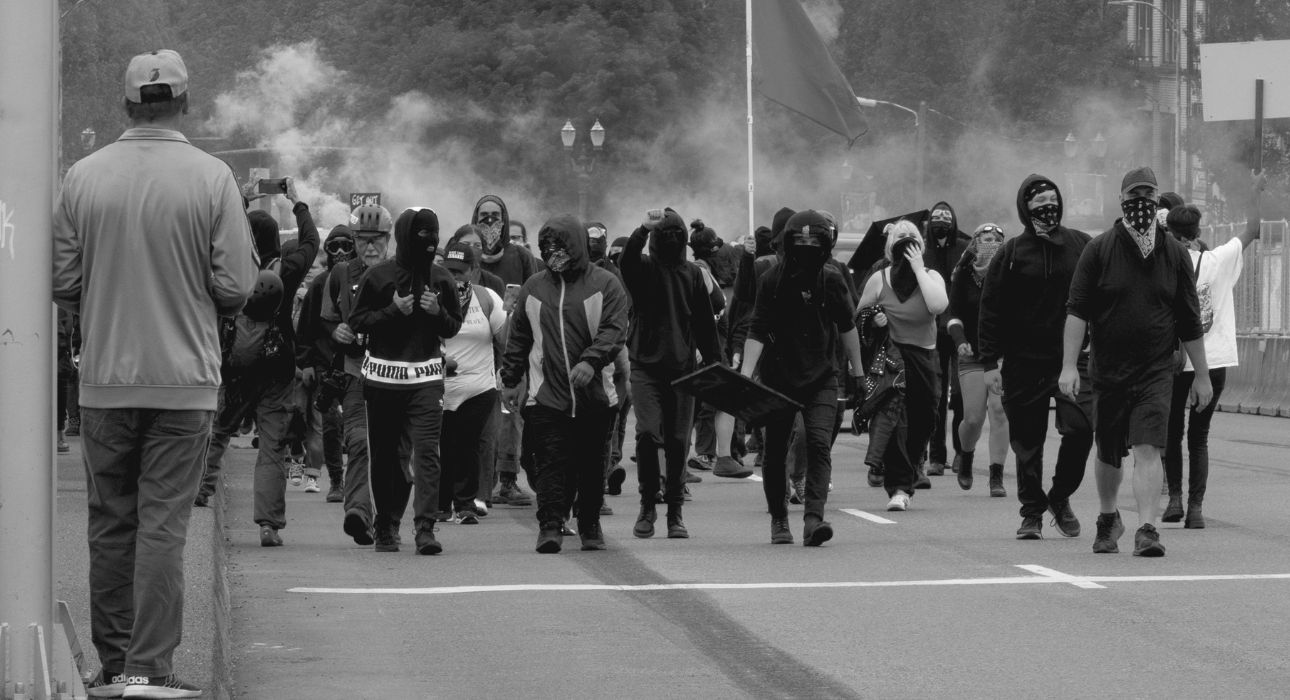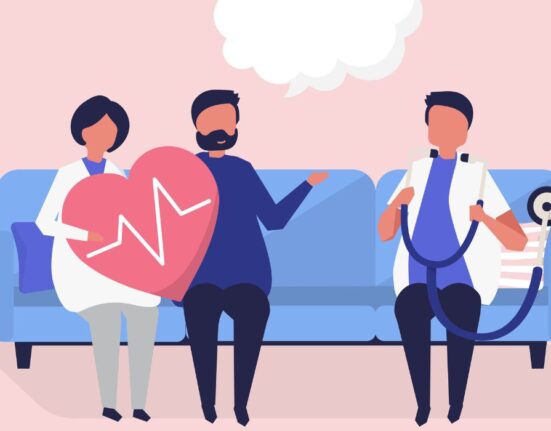Mob theory explores why people act differently in a crowd than they would alone. Understanding this fascinating psychology helps uncover why large groups behave the way they do…
How Anonymity Changes Crowd Behaviour
Being part of a large crowd can make individuals feel anonymous. This sense of “invisibleness” leads to behavioural shifts that might not occur in smaller groups or one-on-one interactions. Key factors? They include the following.
- Loss of Accountability: People may act impulsively (in a negative way) when they believe their actions cannot be traced back to them.
- Increased Risk Taking: Feeling unidentifiable encourages behaviours that individuals would avoid in familiar settings.
- Reduced Self-Awareness: Individuals often focus on the group’s energy rather than personal values.
This anonymity creates a psychological buffer, allowing group dynamics to take control over individual decision-making processes.
Shared Identity: The Glue of Collective Actions
Crowds often form a shared sense of identity. This unifying factor encourages coordinated behaviour and, in turn, strengthens group cohesion. Key factors? They include:
- Common Goals: Shared objectives, like supporting a sports team or protesting a cause, drive unified actions.
- Symbols and Themes: Identifiers like chants, colours, or flags foster belonging and align behaviour with the crowd’s purpose.
- Us vs Them Mentality: A collective identity can create division between “insiders” and perceived “outsiders”.
This bond transforms individual motivations into collective action by creating an emotional connection to the group’s purpose—a powerful force in shaping both positive unity and potential conflict.
Stimulus Overload
Humongous crowds can overwhelm the senses. When people face excessive stimuli, their ability to process information diminishes, which often leads to instinct-driven actions. Stimuli that impact mental states?
- Space Design: Overcrowded environments can create stress.
- Noise Levels: Constant loud sounds can disrupt focus and heighten anxiety (in sensitive individuals, at least).
- Visual Inputs: Bright lights or fast-moving visuals can overstimulate.
Event Settings and Their Influence on Group Dynamics
The environment of an event significantly impacts how a crowd behaves. Certain elements (when designed thoughtfully, that is) can either amplify unity or heighten stress within large groups. Those elements include:
- Space Design: Cramped layouts can lead to tension, whereas open areas encourage fluid movement.
- Lighting: Bright or colourful lights energise a crowd, whilst dim lighting often calms it.
- Soundscapes: Loud music or amplified announcements direct focus. But they may also overstimulate.
Well-planned audiovisual setups enhance communication and mood. Professional services like Las Vegas AV labor ensure seamless execution of these technical elements, contributing to effective event management. So, by tailoring these details, organisers can shape crowd dynamics in positive ways.
Why Crowds Amplify Both Positive and Negative Behaviours
Crowds magnify behaviours by intensifying shared emotions. Here are some ways in which behaviour can be amplified:
- Collective Joy: Celebratory events like parades spread happiness, encouraging communal cheering and dancing.
- Panic Responses: Fear spreads quickly in emergencies, leading to impulsive actions (like pushing or even stampedes!).
- Mob Mentality: In some situations, individuals act aggressively (when they feel supported by the group’s energy, that is).
This amplification effect arises because people feel more secure in numbers, which lowers inhibitions and strengthens emotional responses – whether positive or negative – in ways that are rarely seen individually.
Understanding Individual Decision-Making Within a Mob
Even within a large crowd, individuals still make choices. Though these decisions are heavily influenced by the group’s energy and actions. People often rely on social cues. This reliance reduces personal accountability while increasing conformity. The pressure to align with the majority becomes stronger in high-energy or emotionally charged settings. In some cases, individuals may even act against their own values simply to blend in or avoid standing out!













Leave feedback about this